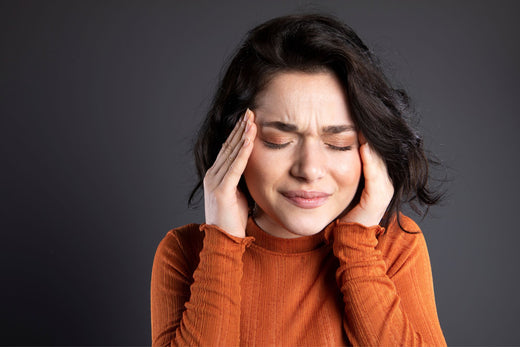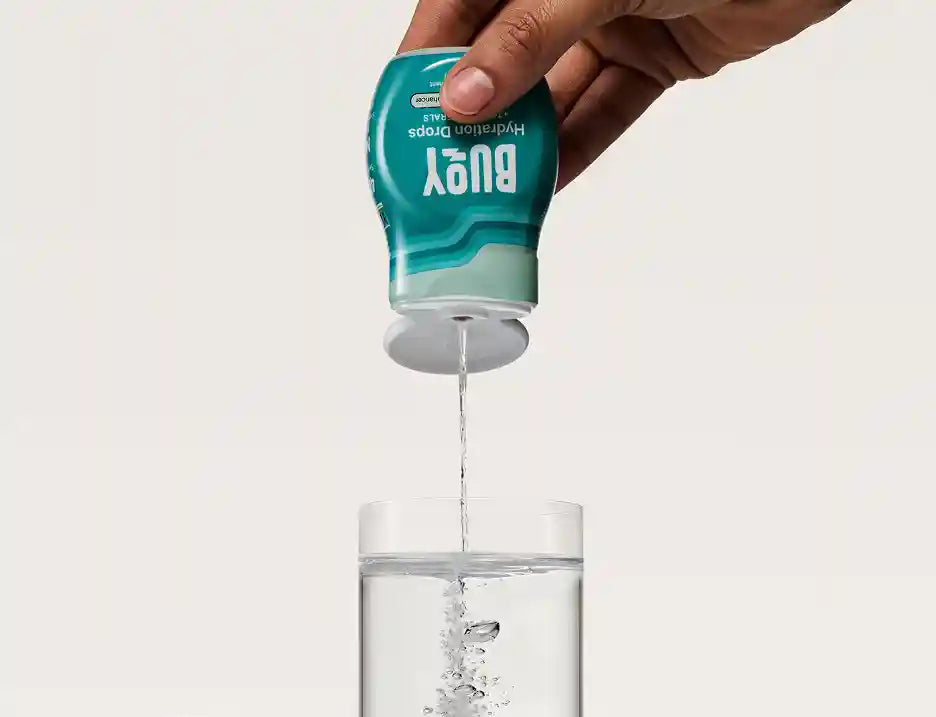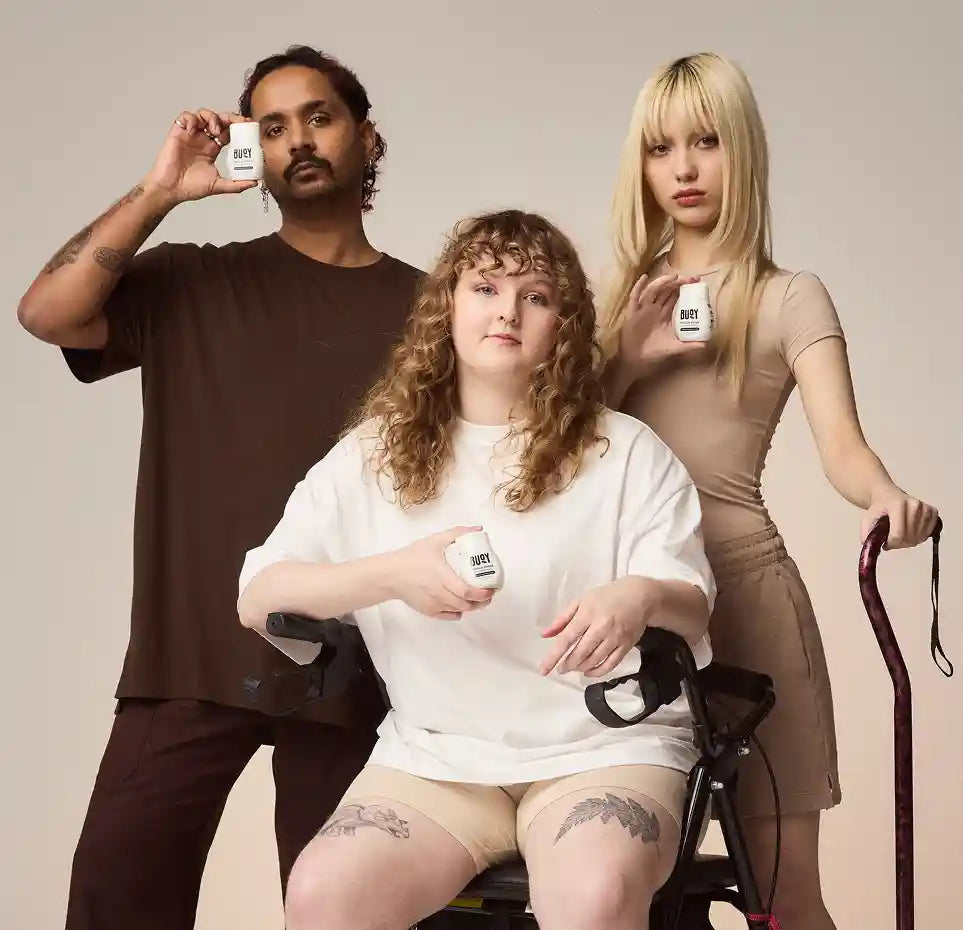
What is Postural Orthostatic Tachycardia Syndrome (POTS)?
If you or someone you love has been diagnosed with Postural Orthostatic Tachycardia Syndrome, you might be feeling a little overwhelmed and wondering what exactly you’re dealing with. But don’t worry, we’re here to break it down for you.
POTS is a condition that affects your body’s ability to regulate heart rate and blood pressure, especially when you change positions. This can cause a range of symptoms that can make daily life more challenging. But here’s the good news: by understanding POTS and taking steps to manage your symptoms, you can take control of your health and feel your best.
Essential Takeaways:
- Understanding POTS and Its Impact on Daily Life: Postural Orthostatic Tachycardia Syndrome (POTS) affects your autonomic nervous system, leading to symptoms like dizziness, rapid heart rate, and fatigue. By understanding the types, causes, and symptoms of POTS, you can better manage the condition and improve your quality of life.
- Effective Management and Support Strategies: Managing POTS often involves a combination of lifestyle changes, such as increasing fluid intake, using compression garments, and engaging in specific exercises. Working closely with a healthcare provider and connecting with support groups can help you develop a treatment plan that is right for you.
So let’s jump in and learn all about POTS together. We’ll cover everything you need to know about POTS, from causes and symptoms to treatment options and tips for living with this condition. By the end of this article, you’ll be a POTS pro!
- What is POTS?
- What Causes POTS?
- How Common is POTS?
- Who Can Get POTS?
- Symptoms of POTS
- Treatment and Management of POTS
- Living with POTS
What is POTS?
POTS, short for Postural Orthostatic Tachycardia Syndrome, is a condition that affects your autonomic nervous system. This system is the part of your nervous system that controls things your body does automatically like regulating your heart rate, blood pressure, and digestion (1).
How POTS Affects Your Autonomic Nervous System
When you have POTS, your autonomic nervous system doesn’t regulate these functions as smoothly as it should. The most noticeable effect is on your heart rate and blood pressure when you change positions, such as going from sitting to standing.
Your heart rate might spike suddenly, while your blood pressure drops, leaving you feeling dizzy, lightheaded, or even faint (1).
POTS and Your Body
But POTS doesn’t just affect your cardiovascular system. It can also cause symptoms like fatigue, headaches, brain fog, and digestive issues. Basically, when your autonomic nervous system is out of whack, it can throw off a lot of different bodily functions (1).
What Causes POTS?
So what exactly causes POTS? Well, there’s no one clear answer. POTS can have many different underlying causes, and sometimes the cause is never identified. Here are a few things that could play a role in causing POTS:
- Genetic Predisposition: Some research suggests there may be certain genetic factors that make you more susceptible to POTS.
- Viral Infections: Many people develop POTS after a viral illness, such as mono or the flu.
- Autoimmune Disorders: Conditions like lupus, Sjögren’s syndrome, and celiac disease have been linked to POTS in some cases.
It’s also important to note that POTS can be either primary or secondary. Primary POTS means the condition itself is the main issue, while secondary POTS is caused by another underlying condition like diabetes, Lyme disease, or Ehlers-Danlos syndrome (2).
Types of POTS
There are also different types of POTS. Some of the most common are:
- Neuropathic POTS: This type is caused by nerve damage that affects blood flow. The nerve damage can impair the ability of blood vessels to constrict properly, leading to blood pooling in the lower half of the body and causing dizziness and fainting when standing up.
- Hyperadrenergic POTS: This type of POTS means the body makes too much adrenaline, which can lead to symptoms like a rapid heart rate, high blood pressure, and anxiety. People with hyperadrenergic POTS may experience a significant increase in blood pressure upon standing, in addition to the rapid heart rate.
- Hypovolemic POTS: This type is characterized by low blood volume. Those with hypovolemic POTS often have a reduced total blood volume, which can make it difficult for the body to maintain adequate blood flow to the brain and other vital organs when standing, leading to dizziness and fainting (2).
Understanding the specific type of POTS you have can help you find the best ways to manage it. No matter what’s causing your POTS, having this condition means your autonomic nervous system isn’t functioning the way it’s supposed to.
This system is in charge of keeping so many important things in your body running smoothly like your heart rate, blood pressure, and digestion. So when it’s not working right, you can feel the effects in all sorts of different ways.
How Common is POTS?
If you’ve recently been diagnosed with POTS or have just heard about it for the first time, you might be wondering, “Is this a new condition? How common is it?”
Well, here’s the thing – POTS isn’t exactly the new kid on the block. It’s been around for a while, but it’s only started to get more recognition in recent years. So if you’re just learning about it now, you’re not alone.
The Numbers
Now, brace yourself for some surprising statistics. Experts estimate that POTS affects between 1 to 3 million Americans. That’s right, millions! It’s a pretty significant chunk of the population, but because POTS is often misdiagnosed or goes unrecognized, the actual number could be even higher (3).
POTS may be relatively unknown, but it’s far more widespread than people realize. As awareness of this condition grows, more and more people are getting the diagnosis and support they need. So if you’re living with POTS, know that you’re part of a strong and growing community!
Who Can Get POTS?
While POTS can affect people of all ages and backgrounds, it’s most frequently diagnosed in women between the ages of 15 and 50. In fact, about 80% of POTS patients are female (2).
Why Are Women Affected More Often?
Researchers aren’t entirely sure, but it’s thought that hormonal factors may play a role. Some women find that their POTS symptoms are worse around their menstrual cycle or during pregnancy (2).

Women are more frequently diagnosed with POTS, and symptoms can be worse around their menstrual cycle or during pregnancy.
Anyone Can Get POTS
It’s important to remember that anyone can potentially develop POTS. Other factors that can increase your risk include:
- Having a family member with POTS (genetic predisposition).
- Experiencing a viral illness or infection.
- Having an autoimmune disorder.
- Suffering from a concussion or brain injury.
While women of childbearing age are the most commonly affected group, POTS doesn’t discriminate. It’s essential for everyone to be aware of the signs and symptoms, so they can get the support they need if POTS does come knocking (2).
Symptoms of POTS
What does POTS actually feel like? The symptoms can be different from person to person, but there are some common experiences that many POTS patients share.
Cardiovascular Symptoms
Let’s start with the cardiovascular system. The most common sign of POTS is a rapid increase in heart rate when you stand up, often by 30 beats per minute or more. That’s like going from a leisurely stroll to a sprint in seconds!
When this happens, you might feel lightheaded, dizzy, or like you’re about to pass out. It’s all because your body’s having trouble regulating your blood pressure and getting enough blood to your brain when you change positions (2).

A common symptom of POTS is a rapid increase in heart rate upon standing, which can cause dizziness and lightheadedness.
Neurological Symptoms
POTS can also cause a range of neurological symptoms. Headaches? Check. Brain fog? Double check. Trouble concentrating? You bet.
It’s like your brain is constantly in a haze, and even simple tasks can feel overwhelming. Many people with POTS describe feeling like they’re always running on empty, no matter how much rest they get. It can be really frustrating and make it difficult to keep up with work, school, or social activities.
Imagine trying to power through your day when your brain feels like it’s stuck in quicksand. That’s the reality for a lot of POTS patients. It’s not just physical exhaustion – it’s mental fatigue that can make everything feel like an uphill battle (2,5).
Gastrointestinal Symptoms
Gastrointestinal issues are another common complaint among people with POTS. Symptoms like nausea, bloating, and diarrhea can be frequent and frustrating. Other symptoms may include:
- Excessive sweating
- Tremors or shaking
- Chest pain
- Exercise intolerance
- Sleep disturbances
It’s important to remember that POTS can vary significantly from one individual to another. What one person experiences may be quite different from someone else with the same condition (2,3).
Learn more about the symptoms of POTS in our comprehensive guide: Recognizing the Symptoms of POTS.
Treatment and Management of POTS
While there’s no one-size-fits-all treatment for POTS, there are several strategies that can help manage symptoms and improve your quality of life.
Lifestyle Changes
Lifestyle changes are often the first line of defense. This can include things like:
- Increasing fluid and electrolyte intake to treat and prevent dehydration.
- Engaging in exercises you can do while lying down or sitting, such as swimming or recumbent biking, to build cardiovascular strength.
- Wearing compression garments, like socks or leggings, to improve blood flow and reduce pooling of blood in the legs.
- Avoiding triggers like prolonged standing, heat, or alcohol (2).
These lifestyle modifications can have a significant impact on reducing POTS symptoms and improving overall well-being. They may seem simple, but they can make a big difference in managing this condition every day.
Discover more about lifestyle changes in our Practical Guide to Lifestyle and Diet Changes for Managing POTS.
Alternative and Complementary Therapies
Alternative and complementary therapies can also be helpful for some people. Physical therapy, for example, can help improve strength and circulation. Biofeedback is another technique that can be useful for managing POTS symptoms.
Biofeedback involves using sensors to measure your body’s functions like your heart rate and breathing. With the help of a therapist, you can learn to control these functions and reduce symptoms like dizziness or anxiety. It’s a bit like learning to meditate, but with the added bonus of real-time feedback from your body (4).

Biofeedback therapy can help manage POTS symptoms by teaching patients to control bodily functions such as heart rate and breathing.
Mindfulness Techniques
Mindfulness techniques can also be helpful for managing the emotional impact of POTS. Living with a chronic condition can be stressful, and taking time to focus on your mental well-being is just as important as managing your physical symptoms.
A study on POTS patients highlights the significant role of psychological symptoms, such as anxiety and depression, in worsening the condition. It emphasizes the potential benefits of mindfulness-based cognitive therapy (MBCT) and other mindfulness practices in improving mental health and overall quality of life.
Techniques such as deep breathing, meditation, and visualization can help patients manage stress and reduce symptoms of anxiety and brain fog (5).
Finding What Works for You
Remember, what works for one person with POTS might not work for another. It’s all about finding the combination of treatments and techniques that helps you feel your best. Don’t be afraid to experiment and try new things – you might be surprised at what makes a difference for you.
Working with a Healthcare Professional
It’s also important to work closely with a healthcare provider who understands POTS to develop an individualized treatment plan. Long-term management often involves a combination of lifestyle changes, medications, and ongoing monitoring.
Living with POTS
Living with POTS can be challenging, but it’s absolutely possible to lead a full and satisfying life with this condition. It may require some adjustments and adaptations, but there are plenty of strategies for managing symptoms and maintaining a high quality of life.
Tips for Daily Living
Some tips for daily living with POTS include:
- Pacing yourself when engaging in activities and building in rest periods.
- Staying cool and hydrated, especially in hot weather.
- Eating small, frequent meals to avoid blood pressure drops.
- Using tools like grab bars and shower chairs to prevent falls.
- Connecting with others who understand the POTS experience.
Incorporating these strategies into your daily routine can help you better manage your symptoms and improve your overall health and well-being.
Finding Support
One of the most important things to remember when living with POTS is that you’re not alone. There’s a whole community of people out there who understand what you’re going through and are ready to offer their support and guidance.
Organizations like Dysautonomia International and POTS UK offer online communities, educational materials, and even local support groups in some areas. Facebook groups are another excellent resource.
Building a strong support system is key to thriving with POTS. Don’t hesitate to reach out and connect with others who can offer understanding, encouragement, and practical tips for managing your symptoms.

Manage POTS symptoms with Buoy Rescue Drops, featuring POTS-strength electrolytes with 300mg of ocean-harvested sodium, 87+ ionic trace minerals, and are MTHFR friendly.
References:
- National Institute of Neurological Disorders and Stroke. (2023). Postural Tachycardia Syndrome (POTS). Retrieved from https://www.ninds.nih.gov/health-information/disorders/postural-tachycardia-syndrome-pots
- WebMD. (2023). What Is Postural Orthostatic Tachycardia Syndrome (POTS)? Retrieved from https://www.webmd.com/heart-disease/atrial-fibrillation/postural-orthostatic-tachycardia
- Dysautonomia International. (2019). 10 Facts Doctors Should Know About POTS. Retrieved from https://www.dysautonomiainternational.org/page.php?ID=180
- The POTS Treatment Center. (n.d.). Services. Retrieved from https://www.potstreatmentcenter.com/services/
- Raj, V., Opie, M., & Arnold, A. C. (2018). Cognitive and Psychological Issues in Postural Tachycardia Syndrome. Autonomic Neuroscience: Basic & Clinical, 215, 46–55. Retrieved from https://www.ncbi.nlm.nih.gov/pmc/articles/PMC6160364/




